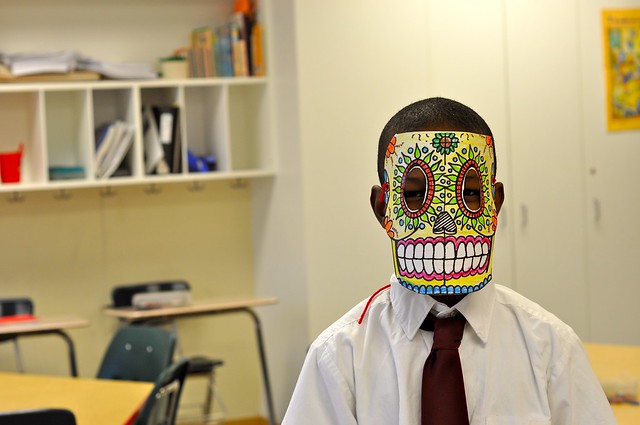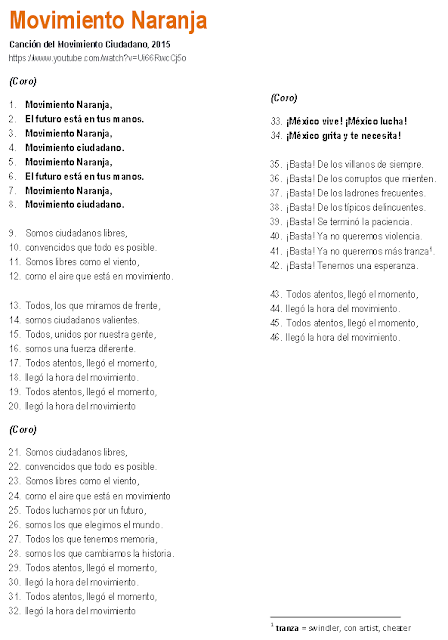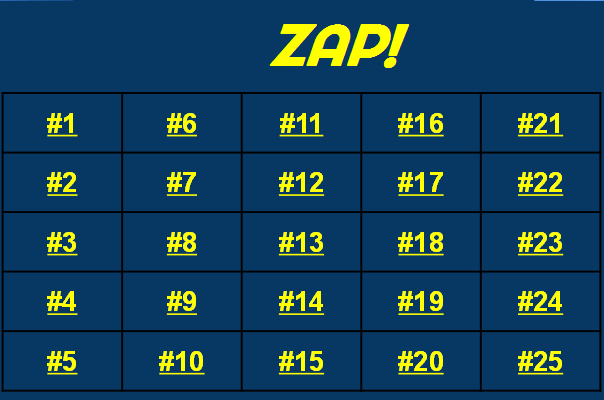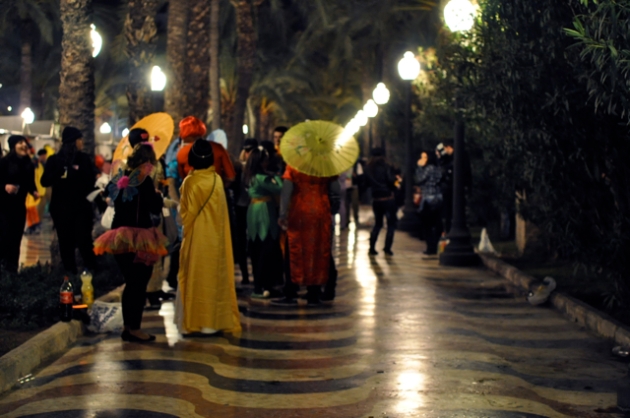As a language teacher, I've been struggling with PBL and how that fits with what I know about developing language proficiency. Within the constraints of my schedule (two 40-60 periods per week, depending on grade level) I feel like I constantly have to choose my focus:
- Teaching entirely in the target language or creating student-driven, inquiry-based lessons
- Project based learning vs. language immersion
- Creating decent lessons for 6 different grade levels vs. creating a few great lessons
I know I'll get better at this with time, and it helps to be collaborating on PBL with others. I think for now I need to accept slow progress - which is hard for me. I've been averaging 60 hours per week just inside the school building (plus more at home) just planning and grading work that I know is subpar, from a language proficiency perspective. Compromising professional work quality for any kind of work-life balance is nothing new, but I do feel fortunate that I work with administrators who understand our constraints (rather than just creating more) and who are willing to give teachers space to grow within those constraints - there are definitely places where that is not the case.
All of that to say: I've been thinking a lot about meaningful projects, and getting discouraged because they seem beyond my grasp.
However, one quick project I did with 7th and 8th grade this month was a bright spot... especially because it was the product of a spark of an idea while driving home one night and a few frantic hours of preparations in order to start the next morning!
This year some parents and staff at my school collaborated with a local charitable organization to collect donations of socks and toiletries for those in need in our community. Ideal projects address a real need in the community - which is tricky when it comes to unit planning, since sometimes real community needs don't fit into curriculum maps. I figured that an opportunity to create something real world and authentic was more worthwhile than spending our last class periods wrapping up weather review and holiday-related cultural lessons. So I threw together a translation project that could fit into two class periods. I'm pretty happy with the results - more so than some projects that have taken far more planning and class time.
This year some parents and staff at my school collaborated with a local charitable organization to collect donations of socks and toiletries for those in need in our community. Ideal projects address a real need in the community - which is tricky when it comes to unit planning, since sometimes real community needs don't fit into curriculum maps. I figured that an opportunity to create something real world and authentic was more worthwhile than spending our last class periods wrapping up weather review and holiday-related cultural lessons. So I threw together a translation project that could fit into two class periods. I'm pretty happy with the results - more so than some projects that have taken far more planning and class time.
This is what we did, how I would change this for the future, and maybe even some ideas for you.




























